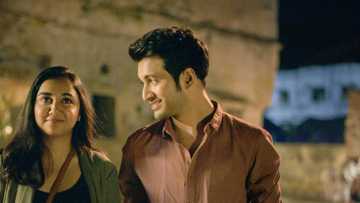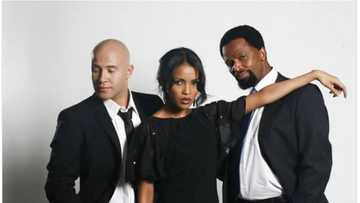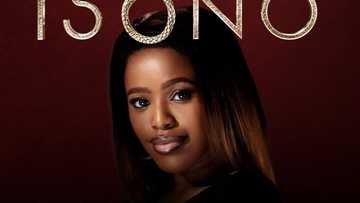7 different types of drama: What are their meanings and best examples
Drama is a written and visual media genre employed for comparatively narrative fiction. It is majorly identified as a performing art used as one of the primary modes for fiction representation. Drama can be found everywhere in the environment. However, the different types of drama have similar characteristics, including a narrative comprising dialogues and performances.
PAY ATTENTION: Click “See First” under the “Following” tab to see Briefly News on your News Feed!
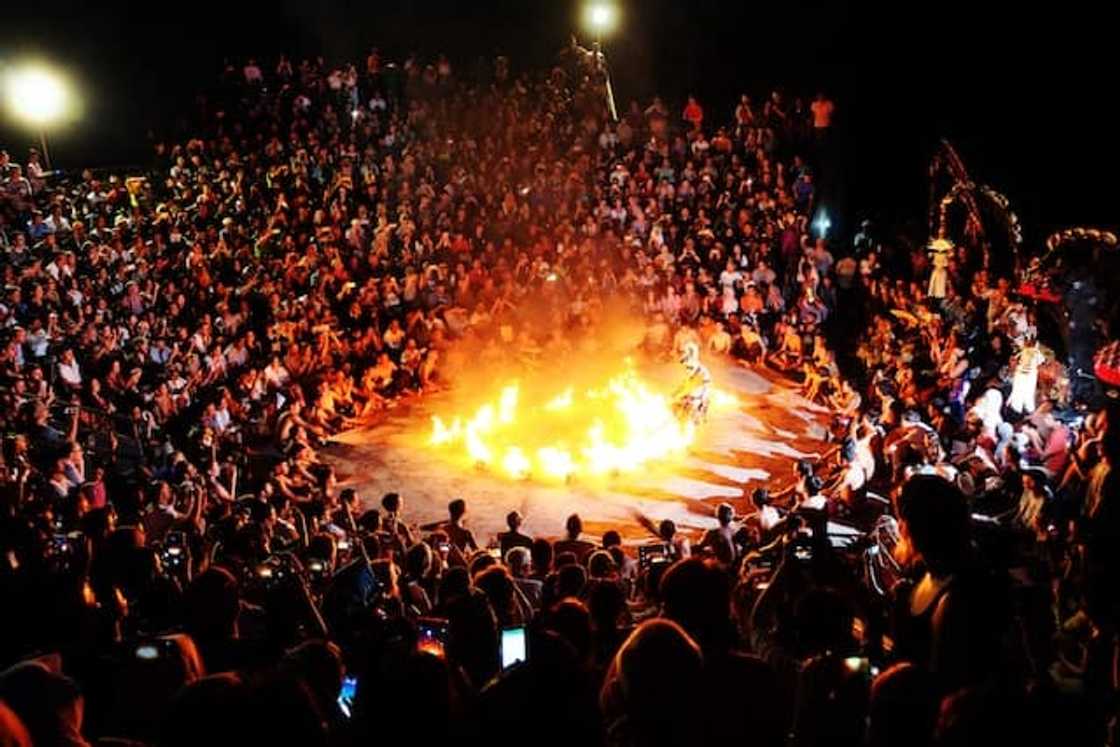
Source: UGC
What is drama? Drama originates from Greek and means to do or act. In drama literature, it is more of a performance by actors and actresses on stage before an audience than the storyline being acted out. Instead, the actors display the writer's words and plots to entertain specific spectators, especially in a theatre. The drama genre is further divided into many types combined into one plot to obtain a different type of drama.
Kinds of drama and their meanings
There are many forms of drama that one can think of. However, the basic types are seven, which are explained with examples below.
1. Comedy
Comedy is a genre that always has a happy ending, and the plot is crafted humorously. Its qualities and attributes may include lighthearted tones, clever wordplay or turns of phrase, and humorous undertones to address rather serious issues.
PAY ATTENTION: Follow us on Instagram - get the most important news directly in your favourite app!
Comedy also uses characters that may appear undone or silly while acting comical squabbles. However, when comedy involves romance, a happy ending, such as a wedding, ensues. Examples of comedic drama literature include the two Shakespearean works of comedy, Much Ado About Nothing and A Midsummer Night's Dream.
2. Farce
Farce in drama is also often humorous, but its humour depends more on the character's physical appearance and silly jokes rather than on the storyline. Farce differs from a comedy in that the plot is primarily illogical, and the occurring events are impossible.
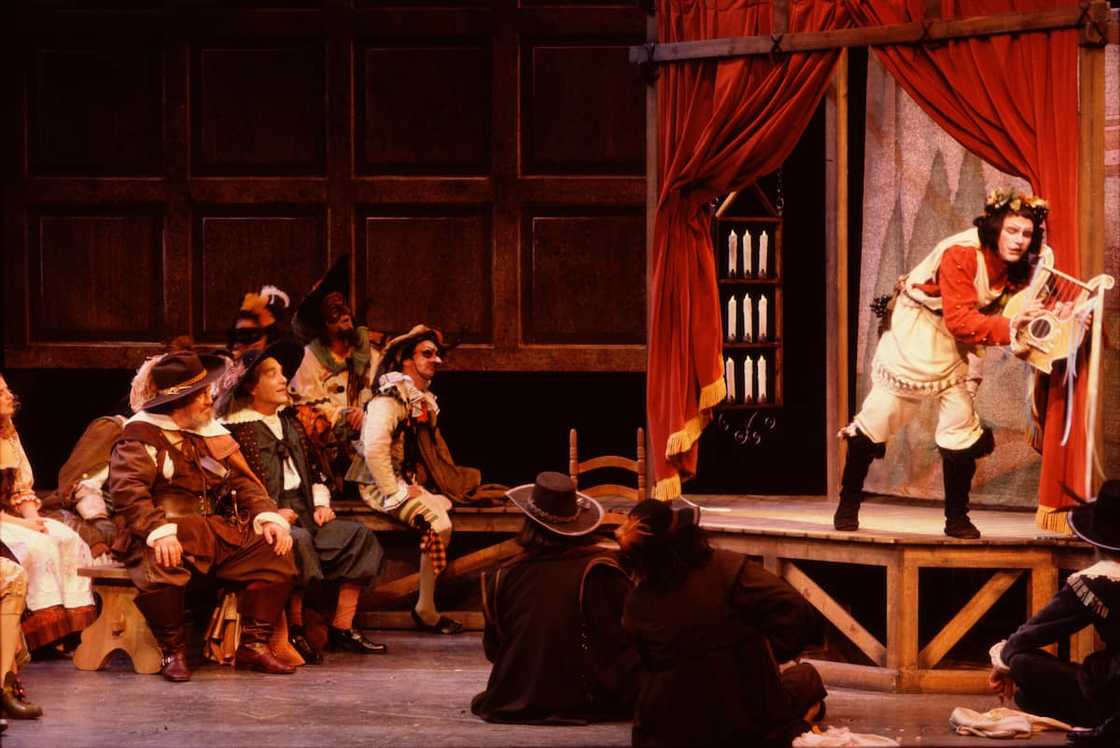
Source: Getty Images
Also, the jokes and humour are often crude and inappropriate for the events where they are employed. For example, Samuel Beckett's theatre drama Waiting for Godot is a farce performance. Others include the films Monty Python and National Lampoon.
3. Tragedy
A tragedy drama is a performance that turns out to have sad events and no happy ending. Aside from the sad ending, other attributes like a protagonist with tragic flaws, events leading to the downfall of a heroic or liked character, and the death of one or more of the principal characters in unpleasant circumstances characterise a tragedy.
It also features dark themes like human agony and suffering and situations that quickly go out of control, especially in a wrong way. Shakespeare has many works that can be described as a tragedy. Examples are Othello and Romeo and Juliet.
4. Tragicomedy
Tragicomedy, as the name depicts, is a blend of comedy and tragedy. This type of drama is so complex that the extreme ends of comedy and tragedy, which are happy endings and often death in an unpleasant way, are neither achieved.
The attributes include a serious storyline performed humorously while the actions of tragically flawed characters do not result in death. Also, the characters act comically; in the end, there is neither a happy nor comical ending. An example of a tragicomedy drama is Tennessee Williams' A Streetcar Named Desire due to the complexity of the storyline.
5. Melodrama
Melodrama is a profound story told seriously. The plots are mostly exaggerated in that the heroes, heroine, and villains contend excitingly with situations that could pass as a grave. Melodrama may or may not have a happy ending. The themes are also literally well spelt out, while characters and consequences of plots are mostly exaggerated with different types of acting involved.
Melodrama employs captivating romance stories or issues, and lastly, characters must overcome their flaws to meet the desired resolution. An example of a melodrama is Henrik Ibsen's A Doll's House.
6. Opera
In opera drama, the characters sing their lines instead of speaking them. Its attributes include a type of musical soliloquy-tagged arias, while the plots can be tragic, comic, or melodramatic.
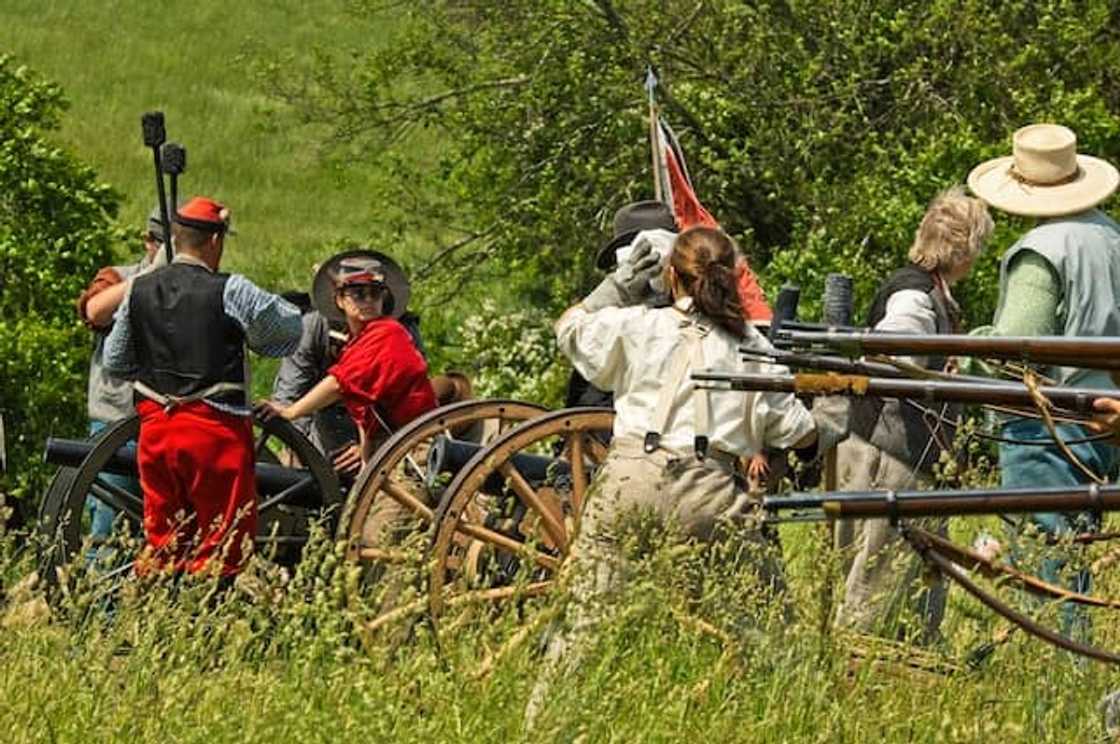
Source: UGC
Opera incorporates an elaborate set-up and costume designs and may accommodate some dancing moves. It also involves a libretto set to a musical note. However, the lines and passages may not always be melodic. Among the notable operas, Giacomo Puccini's La Boheme is outstanding.
7. Musical
It is easy to confuse opera with a musical. In opera, the lines are sung, but the musical employs dialogues infused with music performances. The attributes include plots and dialogue frequently interrupted by songs, with the characters singing in unison to express their emotions.
The storylines are dramatic and comedic, while the songs are catchy with distinct musical scores. Also, a lot of dancing is involved. Some examples of drama under this category include the Les Miserables and Phantom of the Opera.
Drama started as a form of entertainment with the ancient Greeks, and the oldest recorded drama is the work of Aristotle in Poetics. Today, drama has evolved and split into different forms and types. There are about seven significant types of drama, and anyone can combine them to obtain an intriguing form for their target audience.
READ ALSO: Good Trouble season 5: Cast (with images), trailer, release date, episodes
Briefly.co.za recently discussed Good Trouble, an adaptation of The Fosters, an American family drama TV series. The show tells the story of two adopted sisters trying to navigate their adult life in Los Angeles.
The television romance drama features Callie and Mariana Adams Foster as the main antagonists. The post also discusses other important details about the show, including the cast and episodes.
PAY ATTENTION: Сheck out news that is picked exactly for YOU ➡️ find the “Recommended for you” block on the home page and enjoy!
Source: Briefly News

